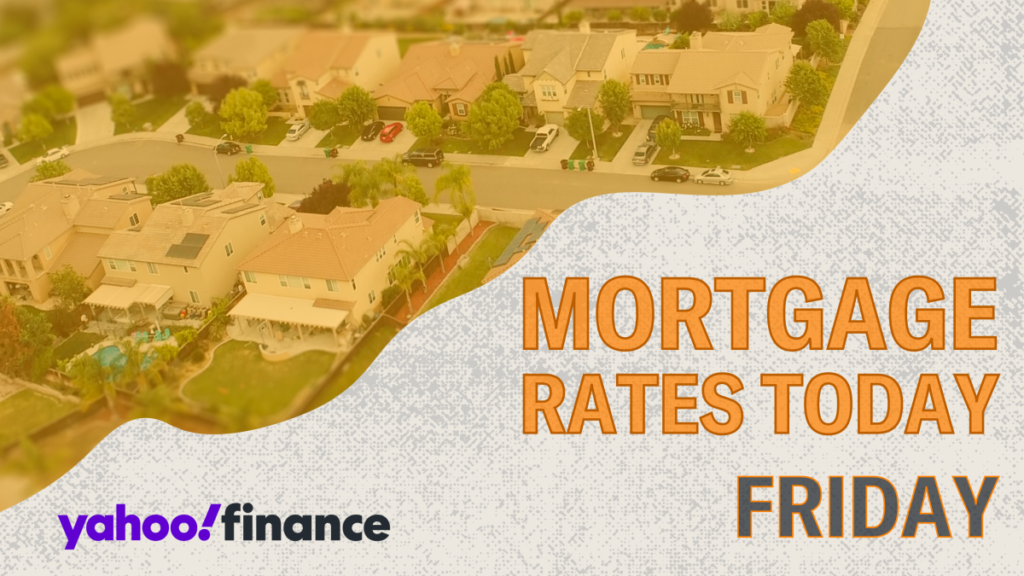The national average for 30-year fixed mortgage rates has continued on an upward trend, marking its fifth consecutive week of increases, rising 18 basis points to 6.72%. This sharp increase, amounting to 60 basis points since early October, underscores the current high-rate environment for mortgages. While experts predict that mortgage rates will gradually decrease throughout 2025, this decline may not be significant enough to impact homebuyers immediately. Given these market conditions, it has become increasingly crucial for buyers to shop around for the best mortgage lenders, taking advantage of the opportunity to apply for preapproval with multiple lenders within a 30-day window, thereby limiting the effect on their credit scores.
According to recent data from Zillow, current mortgage rates include a 30-year fixed at 6.59%, 20-year fixed at 6.49%, 15-year fixed at 5.86%, and various adjustable-rate mortgages (ARMs) with slightly higher or lower figures. For refinancing, the national averages for rates are also available, with the 30-year fixed at 6.63% and lower rates for shorter terms. Notably, refinance rates can fluctuate and are often higher than rates associated with purchasing homes, though the comparison isn’t always straightforward. Consumers looking to refinance or purchase homes can benefit from various mortgage calculators available online, which can help project monthly payments considering different rates and associated costs beyond just the loan principal and interest.
Mortgage interest rates essentially represent the cost of borrowing money, expressed as a percentage. Buyers typically face a choice between fixed-rate and adjustable-rate mortgages. A fixed-rate mortgage secures a constant interest rate throughout the life of the loan, such as a 30-year fixed mortgage, which is appealing for long-term payment stability. In contrast, adjustable-rate mortgages offer lower initial rates but present the risk of increased payments after a set introductory period. Therefore, before committing to an ARM, homebuyers should compare the long-term costs and benefits relative to a fixed-rate mortgage.
When considering which mortgage option to choose, the 30-year fixed-rate mortgage is favored for its lower monthly payments and predictable stability. However, it also means paying more in interest over the long term compared to shorter loan terms like a 15-year fixed mortgage. This shorter loan term incurs higher monthly payments but offers significant long-term savings on interest. Meanwhile, ARMs are often attractive to those who plan to sell before the term adjusts; however, with current rates so close between fixed and ARM options, thorough comparisons are essential.
Despite a general decline over the past year, mortgage rates have recently reversed course. They are not anticipated to show significant improvement before 2025, although a slow decrease is expected as the year progresses. Buyers contemplating new purchases in 2024 may find the current rates manageable, but those with flexible timelines might benefit from waiting until 2025 when rates are projected to be lower. The consensus among industry experts, including insights from Freddie Mac, Fannie Mae, and the Mortgage Bankers Association, indicates that the average 30-year mortgage rate could potentially stabilize closer to 6% by the end of 2024.
Looking ahead, various influences, especially actions taken by the Federal Reserve regarding the federal funds rate, are projected to catalyze a decline in mortgage rates. These anticipated reductions may offer relief to potential buyers and homeowners seeking to refinance their existing mortgages in the future. Understanding the ongoing changes in the mortgage landscape will be crucial for consumers in making informed decisions amid the fluctuating economic environment. As the housing market continues to evolve, staying updated on market trends and expert analyses will serve as essential tools for prospective homebuyers.

